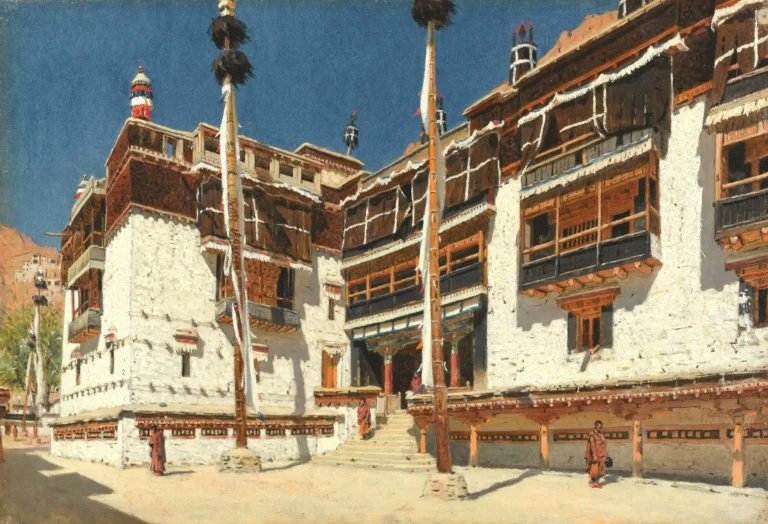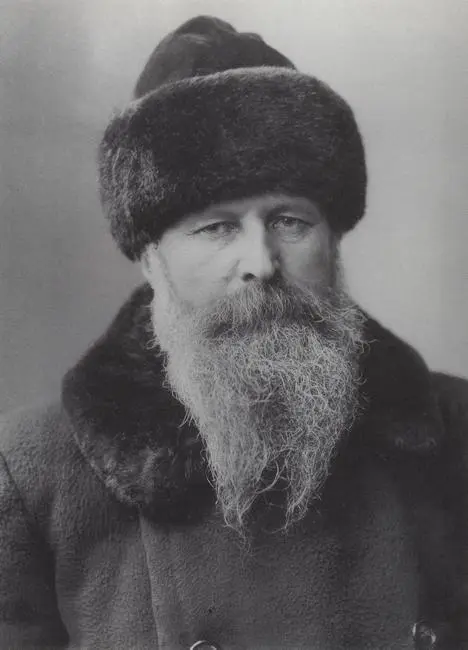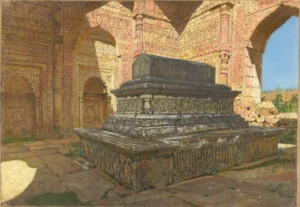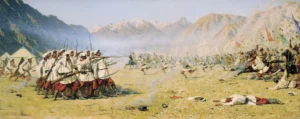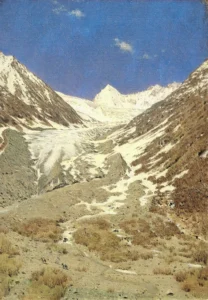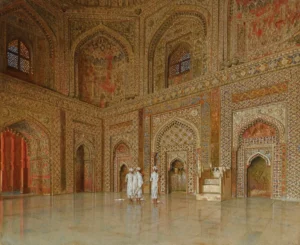Hemis Monastery in Ladakh (1875)
Created in 1875, Hemis Monastery in Ladakh is a breathtaking painting by Russian artist Vasily Vasilyevich Vereshchagin. This artwork embodies the essence of Realism, depicting the magnificent architecture of the Hemis Monastery nestled within the stunning landscape of Ladakh. Vereshchagin, known for his insightful portrayals of cultural sites, expertly captures the spiritual and architectural significance of the monastery, offering viewers a glimpse into the rich heritage of Buddhism in India. The painting is notable not only for its artistic merit but also its historical value, shedding light on a unique cultural landmark.
Year 1875
About the Artwork
Vasily Vasilyevich Vereshchagin created Hemis Monastery in Ladakh during a transformative period in his artistic career, characterized by extensive travels that exposed him to diverse cultures and landscapes. In 1875, while exploring the picturesque region of Ladakh, he encountered the Hemis Monastery, renowned for its grand architecture and religious importance within Tibetan Buddhism. Vereshchagin's talent for realistic depiction allowed him to convey the intricacies of the monastery's design and its serene surroundings. As a pioneering war artist, his works often reached beyond the battlefield to capture the essence of daily life and spiritual locales, making this painting a remarkable example of his legacy.
Did You Know
Vereshchagin’s travels across Asia profoundly influenced his artistry, leading him to depict authentic cultural and historical sites, which he often painted with remarkable detail and accuracy.
Hemis Monastery, depicted in the painting, is one of the largest and wealthiest monasteries in Ladakh, known for its annual festival which attracts visitors from around the world.
Through his depictions of cultural landmarks like the Hemis Monastery, Vereshchagin contributed significantly to the preservation of history and culture at a time when many sites faced threats from modernization and conflict.
Liked what you see? Add it to your collection.
Enjoyed reading? Share it.
... continued
Artist
Vasily Vasilyevich Vereshchagin was one of the most famous Russian war artists and was among the first Russian artists to gain widespread recognition abroad.
Style
The painting is executed in the Realism style, which was characteristic of Vereshchagin's work.
Subject
The painting depicts Hemis Monastery, a significant Buddhist monastery located in Ladakh, a region in the Indian state of Jammu and Kashmir. The artwork captures the monastery's architecture and its surroundings, providing a vivid representation of the site.
Creation
The painting was created in 1875, during a period when Vereshchagin was traveling and documenting various landscapes and cultural sites.





